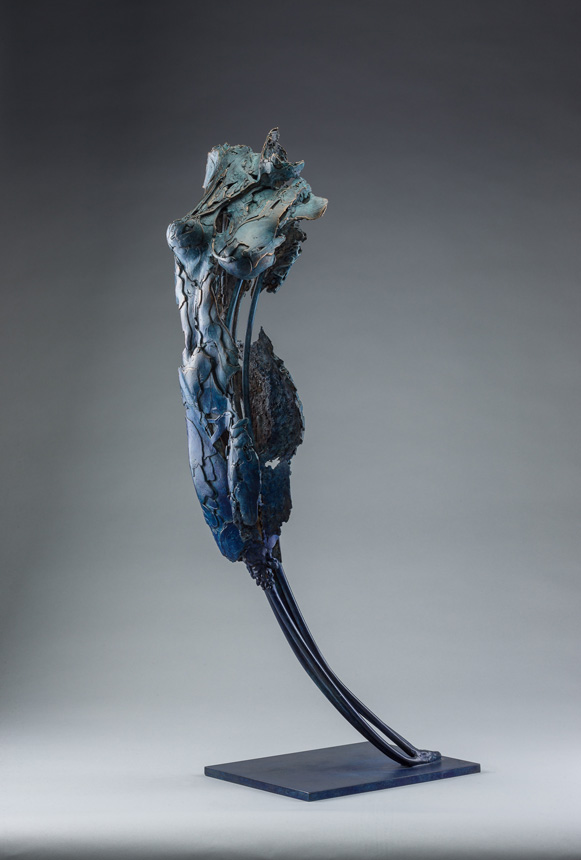Musician and scientist, Manfred Clynes, is best know for his research in linking the interpretation of music and neurophysiology.
Focusing on the fusion of our central nervous system with expressive time forms found in music and how these can induce basic emotions in us, he developed an application whereby subjects could express and generate emotions through the application of pressure on a finger rest.
Timed sentic forms are interlocked with our central nervous system and are activated by sound touch and gesture.
His experiments confirmed “the existence of biologically fixed, universal, primary dynamic forms that determine expressions of emotion that give rise to much of the experience within human societies.”
The sentic cycles have been used successfully in treating depression, alcoholism and drug addiction. [1]
Through their use we can gain greater control over our emotional lives, allowing us to get away from the occasional negativity that might interfere with our ability to experience the moment. [2]
How can sentic cycles affect the creation of art?
Why would we even want them to?
An art dealer and collector challenged us the other day to create while at odds with each other.
The deeper the emotions, the better, he said.
Coming from a school of creation where the dark side of conceptual art shines through in its most horrid expressionism, I understand that there is a place for despair in art, but is it necessary for authenticism?
I’m not so sure.
Leaving our existential angst behind for a few hours can bring about sincerity in the work as well.
I don’t believe one negates the other, just as I don’t believe that technical perfection negates abstract expressionism.
If it did, Blake and I could never find a place where we could work and create together.
Still, when we are calm, we feel safe; we feel confident.
We might try things that would otherwise seem impossible to us.
Art is all about dreaming up an idea and running off to the studio to run a series of tests that will eventually, after potentially repeated failures, result in a beautiful work of art.
When seen from this point of view that desperate angst we seek to express finds its way into something that is technically more refined that a blob of clay!
Life is too beautiful to require a numbing agent of any kind!
For us, love and art coupled with gratitude is enough!
Written by Boky Hackel
1. https://en.wikipedia.org/wiki/Manfred_Clynes
2. http://www.senticcycles.org/
Noun: sentics
The study of waveforms of touch, emotion, and music. A field of study instigated and named by Austrian neuroscientist Manfred Clynes. Common affective patterns associated with natural language concepts exploited for tasks such as emotion recognition from text/speech or sentiment analysis.
